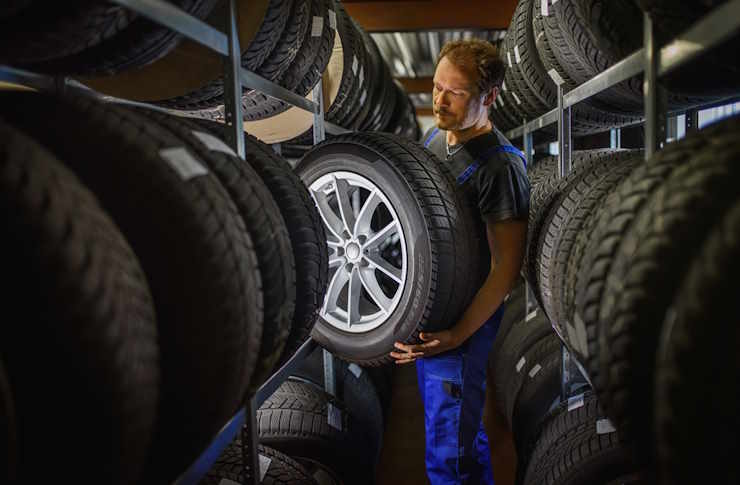Securing equipment and parts during transport
Moving tools, hardware, and spare parts between sites can expose them to impact, loss, and corrosion. This brief overview highlights key considerations for storage, organization, and portability so equipment remains protected and accessible while in transit.

Transporting equipment and parts safely requires a clear plan that balances protection, accessibility, and efficiency. Proper packing and container selection reduce the risk of damage, minimize time spent searching for items at the destination, and support better inventory control. This article describes practical measures — from arranging storage and organizing components to choosing portable cases and designing for durability — that help keep hardware and workshop supplies secure during every leg of a move.
How should storage be arranged for transport?
Arrange storage with layered protection and logical grouping. Use rigid cases for fragile components and padded inserts for sensitive hardware. Group parts by function or task (for example, fasteners, electrical connectors, and power tools) to reduce handling. Smaller items benefit from divided bins or clear plastic pouches that prevent mixing while keeping contents visible. When loading a vehicle, place heavier containers low and secure them against movement; keep frequently used boxes near the rear or at the top for quick access. Labeling both the outside and internal compartments preserves organization even when containers are stacked.
How can organization reduce loss and damage?
A consistent organization system streamlines packing and unpacking and reduces the chance of lost parts. Use checklist templates tied to project kits so every bag, box, or tray has a documented inventory before departure. Organizers with removable trays and labeled slots let technicians confirm completeness at a glance. For hardware such as screws and fittings, use compartmentalized boxes with snap closures to prevent spills. Clear labeling and color-coding make it easier to find items quickly, lowering time spent on-site and reducing the tendency to leave tools behind.
What portability and mobility options exist?
Portability choices depend on weight, distance, and the work environment. Rolling tool chests and wheeled cases improve mobility for heavier loads, while shoulder bags or backpacks suit smaller toolsets for foot access. For vehicles, modular drawer systems and slide-out trays enable secure storage with easy reach. Consider cases with customizable foam inserts that retain components during movement yet allow rapid reconfiguration. When routing equipment between multiple stops or client locations, use transport-specific containers that lock or latch reliably to prevent accidental opening during transit.
How to prioritize durability and modularity in cases?
Durability reduces long-term maintenance and replacement costs. Choose materials—ABS, polypropylene, or aluminum—based on expected impact, moisture exposure, and temperature ranges. Waterproof seals and corrosion-resistant hardware extend life for outdoor or marine use. Modularity supports flexibility: stackable boxes, removable trays, and systems with standardized mounting points let you reconfigure storage for different projects without buying new containers. Evaluate latch and hinge quality; hardware failures are a common source of in-transit loss.
How to plan maintenance and repair during transit?
Transported equipment should be inspected routinely to identify wear and damage before it compromises safety or function. Implement quick visual checks at dispatch and upon arrival, focusing on seals, latches, and foam integrity. Keep a compact repair kit with common spare parts, fasteners, and adhesives to fix minor issues on the road. Track expensive or critical items in a simple log—record any incidents, replacements, or repairs so maintenance history follows the asset. Regular preventive maintenance of cases and mobility accessories (wheels, handles, and locks) reduces unexpected failures while traveling.
How to manage inventory and accessibility for workshop and hardware needs?
Inventory control maintains visibility into what’s in each kit and where it should be deployed. Use simple numbering systems or QR labels linked to digital lists to check contents quickly. Accessibility in the field matters: design kits so the most-used hardware and tools are immediately reachable without unpacking the entire case. For workshop operations that require frequent transit, assemble task-based kits (e.g., electrical repair, plumbing, or general maintenance) rather than generic assortments. This minimizes downtime and ensures technicians carry only what’s necessary, improving mobility and reducing vehicle clutter.
In summary, securing equipment and parts during transport combines thoughtful storage design, consistent organization, and attention to portability and durability. A system that includes clear inventory practices, modular containers, and routine maintenance reduces damage, speeds deployment, and supports safer handling. Applying these principles to cases, vehicle fixtures, and packing routines creates reliable workflows that preserve tools and parts across every move.





